Our sustainable biodynamic vineyard was planted in 1998, with our first vintage in 2003. We do not spray synthetic pesticides or herbicides on our vineyard and have reintroduced native grasses across the entire vineyard floor.
Sustainable environment practices are the foundation of Sinclair’s Gully’s business operations, from the conservation of its fragile bushland in the 20-acre sanctuary on the property, sustainable biodynamic vineyard management practices to its zero waste 100% recycling program, the onsite collection of all water and reuse of wastewater on the surrounding garden, its energy program and solar power project, through to measuring and implementing strategies to minimise its carbon and ecological footprint.
Sue and Sean’s commitment to sustainable practices and the environment made it a natural progression for Sinclair’s Gully to complete the advanced eco-certification accreditation program (one of only two cellar doors to achieve this nationally) with Ecotourism Australia. Sinclair’s Gully completed the Climate Action Program, achieving climate action innovator certification in June 2010. These programs crystallise the sustainable values and practices in operation at Sinclair’s Gully and demonstrate our commitment to triple bottom line sustainability in all aspects of our business; economic, environmental and social sustainability, in achieving best practice environmentally sustainable operations and reducing our carbon footprint.
Sustainable environment practices are the foundation of Sinclair’s Gully’s business operations, from the conservation of its fragile bushland in the 20-acre sanctuary on the property, sustainable biodynamic vineyard management practices to its zero waste 100% recycling program, the onsite collection of all water and reuse of wastewater on the surrounding garden, its energy program and solar power project, through to measuring and implementing strategies to minimise its carbon and ecological footprint.
Sue and Sean’s commitment to sustainable practices and the environment made it a natural progression for Sinclair’s Gully to complete the advanced eco-certification accreditation program (one of only two cellar doors to achieve this nationally) with Ecotourism Australia. Sinclair’s Gully completed the Climate Action Program, achieving climate action innovator certification in June 2010. These programs crystallise the sustainable values and practices in operation at Sinclair’s Gully and demonstrate our commitment to triple bottom line sustainability in all aspects of our business; economic, environmental and social sustainability, in achieving best practice environmentally sustainable operations and reducing our carbon footprint.
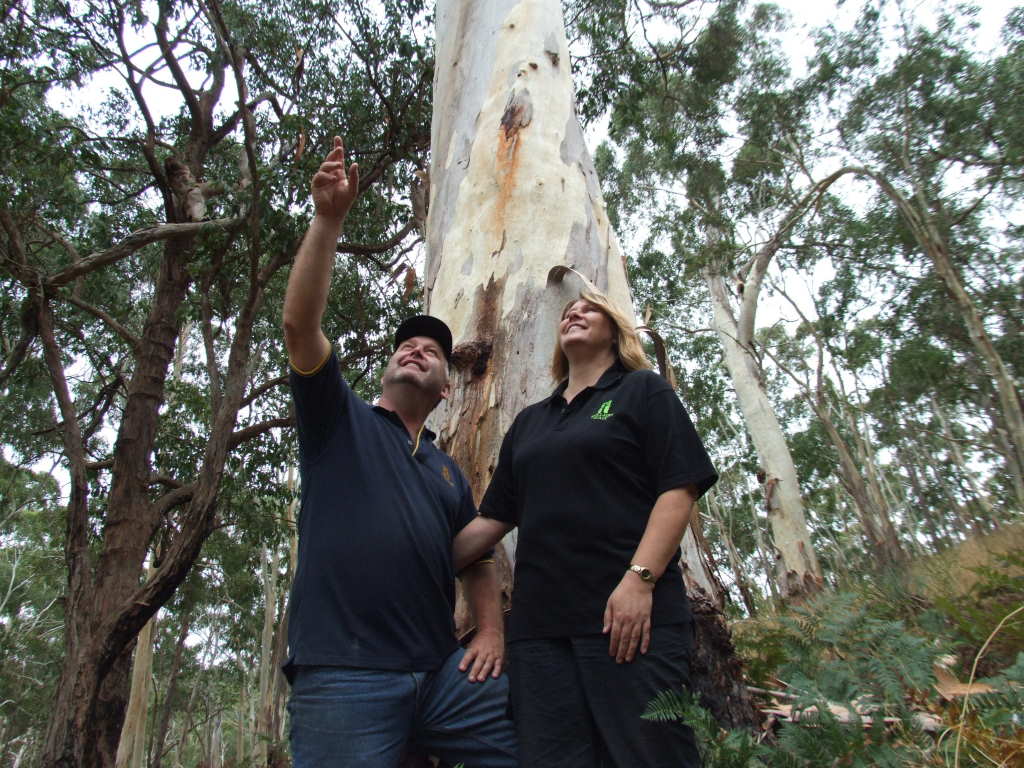
Sustainable environment practices are the foundation of Sinclair’s Gully’s business operations, from the conservation of its fragile bushland in the 20-acre sanctuary on the property, sustainable biodynamic vineyard management practices to its zero waste 100% recycling program, the onsite collection of all water and reuse of wastewater on the surrounding garden, its energy program and solar power project, through to measuring and implementing strategies to minimise its carbon and ecological footprint.
Sue and Sean’s commitment to sustainable practices and the environment made it a natural progression for Sinclair’s Gully to complete the advanced eco-certification accreditation program (one of only two cellar doors to achieve this nationally) with Ecotourism Australia. Sinclair’s Gully completed the Climate Action Program, achieving climate action innovator certification in June 2010. These programs crystallise the sustainable values and practices in operation at Sinclair’s Gully and demonstrate our commitment to triple bottom line sustainability in all aspects of our business; economic, environmental and social sustainability, in achieving best practice environmentally sustainable operations and reducing our carbon footprint.


Our sustainable biodynamic vineyard was planted in 1998, with our first vintage in 2003. We do not spray synthetic pesticides or herbicides on our vineyard and have reintroduced native grasses across the entire vineyard floor. In May 2007 we opened our environmentally responsible eco-cellar door under the towering candlebark gums, sharing our passion for wine, nature and the environment with visitors. We have built a number of sustainable eco-wine experiences which elevate a traditional wine offering to a more educational and emotional plane.
We have had a year of significant achievements with all of our planned sustainability goals being achieved. The highlights being;
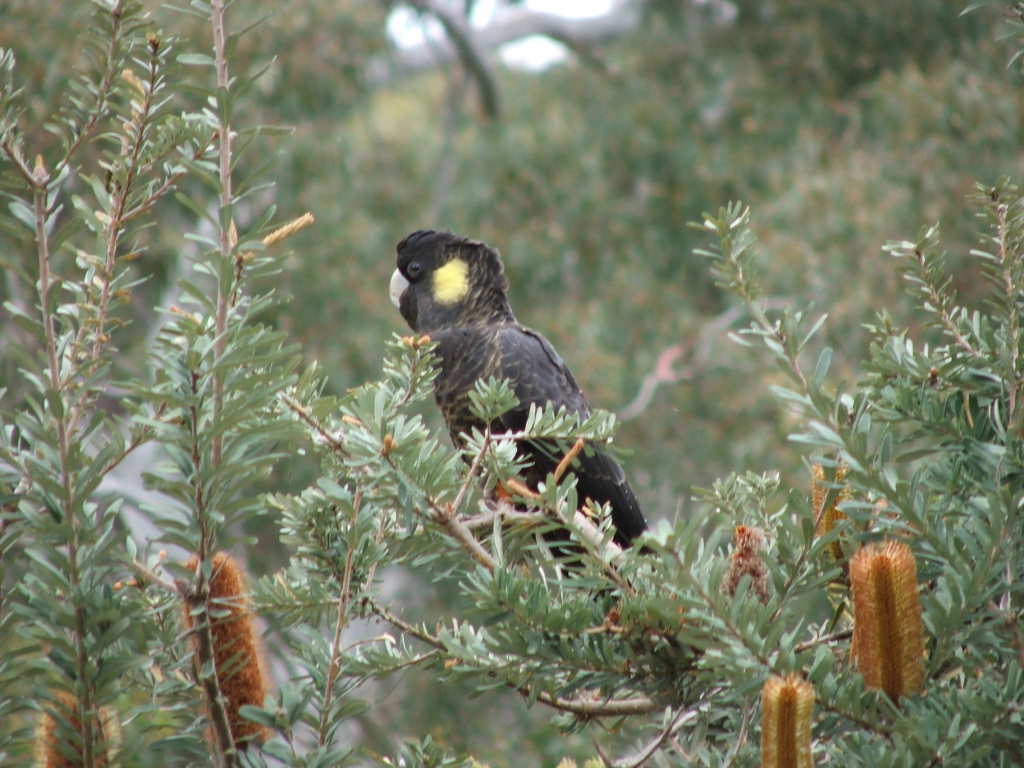
Our sustainable biodynamic vineyard was planted in 1998, with our first vintage in 2003. We do not spray synthetic pesticides or herbicides on our vineyard and have reintroduced native grasses across the entire vineyard floor. In May 2007 we opened our environmentally responsible eco-cellar door under the towering candlebark gums, sharing our passion for wine, nature and the environment with visitors. We have built a number of sustainable eco-wine experiences which elevate a traditional wine offering to a more educational and emotional plane.
We have had a year of significant achievements with all of our planned sustainability goals being achieved. The highlights being;

Our sustainable biodynamic vineyard was planted in 1998, with our first vintage in 2003. We do not spray synthetic pesticides or herbicides on our vineyard and have reintroduced native grasses across the entire vineyard floor. In May 2007 we opened our environmentally responsible eco-cellar door under the towering candlebark gums, sharing our passion for wine, nature and the environment with visitors. We have built a number of sustainable eco-wine experiences which elevate a traditional wine offering to a more educational and emotional plane.
We have had a year of significant achievements with all of our planned sustainability goals being achieved. The highlights being;
At Sinclair’s Gully, we have developed and implemented strategies to reduce our greenhouse gas (GHG) emissions. We prepare a greenhouse gas emissions inventory for our scope one and two emissions each year and measured the savings and improvements made.
Our major sustainability strategies include;
Hand disgorging sparkling wine on-site, resulting in no purchase of cardboard wine boxes and dividers or the champagne hoods for sparkling wine. This is a 24% reduction in cardboard boxes and dividers used.
The introduction of clear glass wine bottles for the white wine range (3500 bottles), as clear glass has lower embodied energy and more recycling options. This represents 32% of total bottles.
In addition to the above, one of our key business goals is to implement sustainable land management practices and to conserve the native vegetation on our property. With less than 10% of native vegetation remaining in the Adelaide Hills and a majority of this occurring on private landholdings, our major strategy is to restore and protect the endangered candlebark ecosystem occurring on our property. It should be noted that this candlebark woodland has the highest conservation rating in the Mt Lofty Ranges.
We have successfully achieved this strategy by;
Gazetting 20 acres of bushland on our property as a Sanctuary on 11 February 2010 under the National Parks and Wildlife Act 1972, demonstrating our long term commitment to conservation in South Australia.
Continuing with the implementation of our vegetation management plan in our Sanctuary, achieving the following outcomes; Weed control, Bat monitoring surveys, with 8 of the 12 hills species recorded onsite & over 300 recordings on some nights, bird surveys. 66 species recorded, with 22 on the declining list occurring on the property, plant surveys updated for new species identified on the property. Over 150 species on the property, many with conservation ratings.
At Sinclair’s Gully, we have developed and implemented strategies to reduce our greenhouse gas (GHG) emissions. We prepare a greenhouse gas emissions inventory for our scope one and two emissions each year and measured the savings and improvements made.
Our major sustainability strategies include;
Hand disgorging sparkling wine on-site, resulting in no purchase of cardboard wine boxes and dividers or the champagne hoods for sparkling wine. This is a 24% reduction in cardboard boxes and dividers used.
The introduction of clear glass wine bottles for the white wine range (3500 bottles), as clear glass has lower embodied energy and more recycling options. This represents 32% of total bottles.
In addition to the above, one of our key business goals is to implement sustainable land management practices and to conserve the native vegetation on our property. With less than 10% of native vegetation remaining in the Adelaide Hills and a majority of this occurring on private landholdings, our major strategy is to restore and protect the endangered candlebark ecosystem occurring on our property. It should be noted that this candlebark woodland has the highest conservation rating in the Mt Lofty Ranges.
We have successfully achieved this strategy by;
Gazetting 20 acres of bushland on our property as a Sanctuary on 11 February 2010 under the National Parks and Wildlife Act 1972, demonstrating our long term commitment to conservation in South Australia.
Continuing with the implementation of our vegetation management plan in our Sanctuary, achieving the following outcomes; Weed control, Bat monitoring surveys, with 8 of the 12 hills species recorded onsite & over 300 recordings on some nights, bird surveys. 66 species recorded, with 22 on the declining list occurring on the property, plant surveys updated for new species identified on the property. Over 150 species on the property, many with conservation ratings.
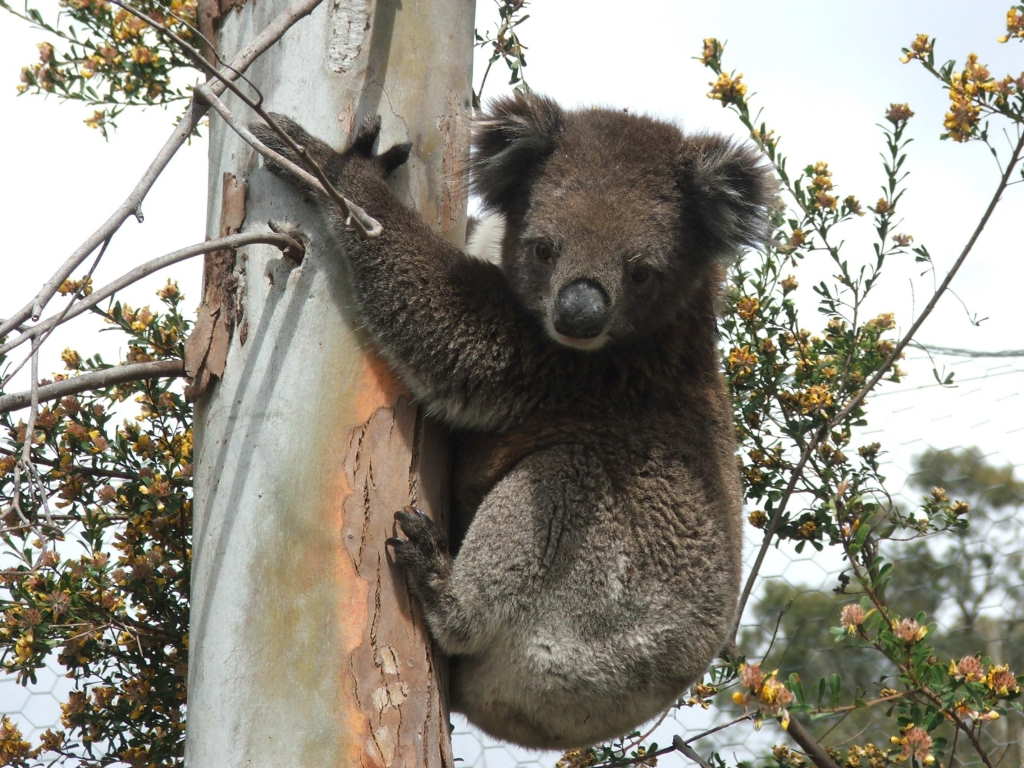
At Sinclair’s Gully, we have developed and implemented strategies to reduce our greenhouse gas (GHG) emissions. We prepare a greenhouse gas emissions inventory for our scope one and two emissions each year and measured the savings and improvements made.
Our major sustainability strategies include;
Hand disgorging sparkling wine on-site, resulting in no purchase of cardboard wine boxes and dividers or the champagne hoods for sparkling wine. This is a 24% reduction in cardboard boxes and dividers used.
The introduction of clear glass wine bottles for the white wine range (3500 bottles), as clear glass has lower embodied energy and more recycling options. This represents 32% of total bottles.
In addition to the above, one of our key business goals is to implement sustainable land management practices and to conserve the native vegetation on our property. With less than 10% of native vegetation remaining in the Adelaide Hills and a majority of this occurring on private landholdings, our major strategy is to restore and protect the endangered candlebark ecosystem occurring on our property. It should be noted that this candlebark woodland has the highest conservation rating in the Mt Lofty Ranges.
We have successfully achieved this strategy by;
Gazetting 20 acres of bushland on our property as a Sanctuary on 11 February 2010 under the National Parks and Wildlife Act 1972, demonstrating our long term commitment to conservation in South Australia.
Continuing with the implementation of our vegetation management plan in our Sanctuary, achieving the following outcomes; Weed control, Bat monitoring surveys, with 8 of the 12 hills species recorded onsite & over 300 recordings on some nights, bird surveys. 66 species recorded, with 22 on the declining list occurring on the property, plant surveys updated for new species identified on the property. Over 150 species on the property, many with conservation ratings.


Recognition of the work we have done over the past 13 years on our property include;
Sinclair’s Gully has partnered with the local community in relation to sustainability by playing an important role in improving local environmental conditions and inspiring change in the community in the following ways;
Sinclair’s Gully is used as a demonstration site and is a model and learning tool for restoration of an endangered habitat by local community and landcare groups, with property visits by various environmental groups, Federal, State and Local Government Agencies (eg AMLR NRM Board, DENR) local catchment groups, farming organisations, the local community, the school and the general public.
More importantly, all of the on ground works undertaken at Sinclair’s Gully have been observed by neighbouring properties. The surrounding properties have been so inspired by the Delaney’s commitment and results, that 19 private landholders have come together to form a landcare group, to implement a threat abatement program across a total of 260 hectares of remnant vegetation occurring on private landholders properties, establishing the Morialta to Coralinga Biolink. This Biolink has created a wildlife corridor of continuous native vegetation between Morialta CP, Black Hill CP and Marble Hill CP, Montacute CP and Coralinga Native Forest Reserve, connecting over 1600 ha of native vegetation.
Owners Sue and Sean have played an important role in raising community awareness and involvement by providing advice and assistance to landholders on bush restoration techniques and increasing neighbouring landholder awareness of the importance of the remnant vegetation in this area, encouraging them to join the landcare group.
Sue and Sean are founding members of the local landcare group (incorporated in August 2009). Sue and Sean have led a united local community into action to manage and protect the biodiversity of the vegetation occurring in the local area, receiving a grant to establish the Morialta to Coralinga Biolink Project top protect the habitat for two nationally endangered species of fauna, the chestnut rumped heath wren and the southern brown bandicoot which occur in the area.
Sinclair’s Gully supports environmental research projects by offering the property as a site for university research students to complete environmental research projects (eg southern brown bandicoot, candlebark bush condition monitoring study through NCSSA, bat research through Flinders Uni and black cockatoo research and genetic testing with DENR), with this research contributing to the body of knowledge in these areas.
Sinclair’s Gully has raised the profile of both the Adelaide Hills Tourism Region and the Adelaide Hills Wine Region as a ‘clean and green’ destination through Sinclair’s Gully’s profile as an environmental leader at a regional, state and national level. This has been achieved through recognition of our environmental work completed over the last 13 years, national tourism accreditation, state and national landcare awards.
Sinclair’s Gully has partnered with the local community in relation to sustainability by playing an important role in improving local environmental conditions and inspiring change in the community in the following ways;
Sinclair’s Gully is used as a demonstration site and is a model and learning tool for restoration of an endangered habitat by local community and landcare groups, with property visits by various environmental groups, Federal, State and Local Government Agencies (eg AMLR NRM Board, DENR) local catchment groups, farming organisations, the local community, the school and the general public.
More importantly, all of the on ground works undertaken at Sinclair’s Gully have been observed by neighbouring properties. The surrounding properties have been so inspired by the Delaney’s commitment and results, that 19 private landholders have come together to form a landcare group, to implement a threat abatement program across a total of 260 hectares of remnant vegetation occurring on private landholders properties, establishing the Morialta to Coralinga Biolink. This Biolink has created a wildlife corridor of continuous native vegetation between Morialta CP, Black Hill CP and Marble Hill CP, Montacute CP and Coralinga Native Forest Reserve, connecting over 1600 ha of native vegetation.
Owners Sue and Sean have played an important role in raising community awareness and involvement by providing advice and assistance to landholders on bush restoration techniques and increasing neighbouring landholder awareness of the importance of the remnant vegetation in this area, encouraging them to join the landcare group.
Sue and Sean are founding members of the local landcare group (incorporated in August 2009). Sue and Sean have led a united local community into action to manage and protect the biodiversity of the vegetation occurring in the local area, receiving a grant to establish the Morialta to Coralinga Biolink Project top protect the habitat for two nationally endangered species of fauna, the chestnut rumped heath wren and the southern brown bandicoot which occur in the area.
Sinclair’s Gully supports environmental research projects by offering the property as a site for university research students to complete environmental research projects (eg southern brown bandicoot, candlebark bush condition monitoring study through NCSSA, bat research through Flinders Uni and black cockatoo research and genetic testing with DENR), with this research contributing to the body of knowledge in these areas.
Sinclair’s Gully has raised the profile of both the Adelaide Hills Tourism Region and the Adelaide Hills Wine Region as a ‘clean and green’ destination through Sinclair’s Gully’s profile as an environmental leader at a regional, state and national level. This has been achieved through recognition of our environmental work completed over the last 13 years, national tourism accreditation, state and national landcare awards.
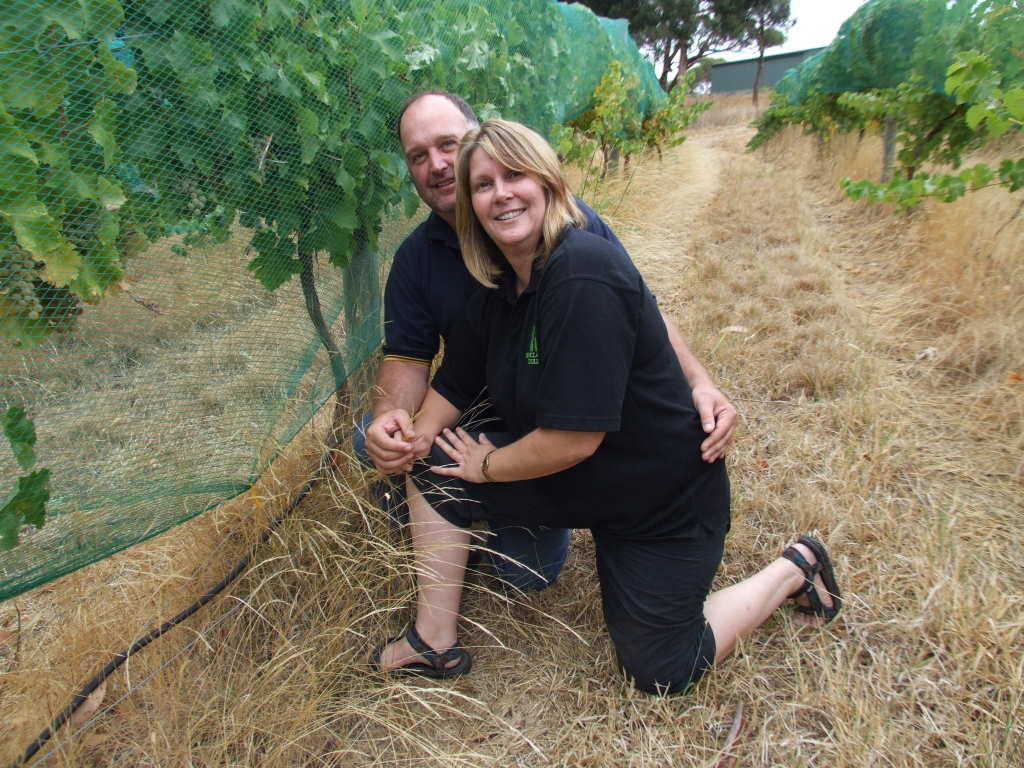
Sinclair’s Gully has partnered with the local community in relation to sustainability by playing an important role in improving local environmental conditions and inspiring change in the community in the following ways;
Sinclair’s Gully is used as a demonstration site and is a model and learning tool for restoration of an endangered habitat by local community and landcare groups, with property visits by various environmental groups, Federal, State and Local Government Agencies (eg AMLR NRM Board, DENR) local catchment groups, farming organisations, the local community, the school and the general public.
More importantly, all of the on ground works undertaken at Sinclair’s Gully have been observed by neighbouring properties. The surrounding properties have been so inspired by the Delaney’s commitment and results, that 19 private landholders have come together to form a landcare group, to implement a threat abatement program across a total of 260 hectares of remnant vegetation occurring on private landholders properties, establishing the Morialta to Coralinga Biolink. This Biolink has created a wildlife corridor of continuous native vegetation between Morialta CP, Black Hill CP and Marble Hill CP, Montacute CP and Coralinga Native Forest Reserve, connecting over 1600 ha of native vegetation.
Owners Sue and Sean have played an important role in raising community awareness and involvement by providing advice and assistance to landholders on bush restoration techniques and increasing neighbouring landholder awareness of the importance of the remnant vegetation in this area, encouraging them to join the landcare group.
Sue and Sean are founding members of the local landcare group (incorporated in August 2009). Sue and Sean have led a united local community into action to manage and protect the biodiversity of the vegetation occurring in the local area, receiving a grant to establish the Morialta to Coralinga Biolink Project top protect the habitat for two nationally endangered species of fauna, the chestnut rumped heath wren and the southern brown bandicoot which occur in the area.
Sinclair’s Gully supports environmental research projects by offering the property as a site for university research students to complete environmental research projects (eg southern brown bandicoot, candlebark bush condition monitoring study through NCSSA, bat research through Flinders Uni and black cockatoo research and genetic testing with DENR), with this research contributing to the body of knowledge in these areas.
Sinclair’s Gully has raised the profile of both the Adelaide Hills Tourism Region and the Adelaide Hills Wine Region as a ‘clean and green’ destination through Sinclair’s Gully’s profile as an environmental leader at a regional, state and national level. This has been achieved through recognition of our environmental work completed over the last 13 years, national tourism accreditation, state and national landcare awards.




Objective – minimise waste through a strategy of reduce, reuse, recycle
Target – Zero Waste, 100% Recycled
Procedures
Reduce the number of wine boxes required in the business, by eliminating the need for boxes and cardboard dividers for sparkling wine. Sparkling wine as it is now hand disgorged and bottled on-site eliminating the need for boxes. If boxes are needed for customers, leftover boxes from other wine sold on site are used. This is a 24% reduction in cardboard boxes and dividers used.
Reduce disposable items used by:
Replacing disposable water cups with glass, a hand towel in toilet with a cloth hand towel, disposable plates, knives and forks with washable cutlery & crockery, disposable shopping bags with reusable Hessian bags
Email is used as the preferred communication method to reduce paper use
Reuse by:
Reuse office printed paper as note paper or in the printer again, empty wine boxes for cellar door visitor purchases, Sterilized muscat bottles reused onsite
Recycle by:
Set up recycling bins and recycling program for all bottles, cardboard, paper, plastics, tin, cans and composting
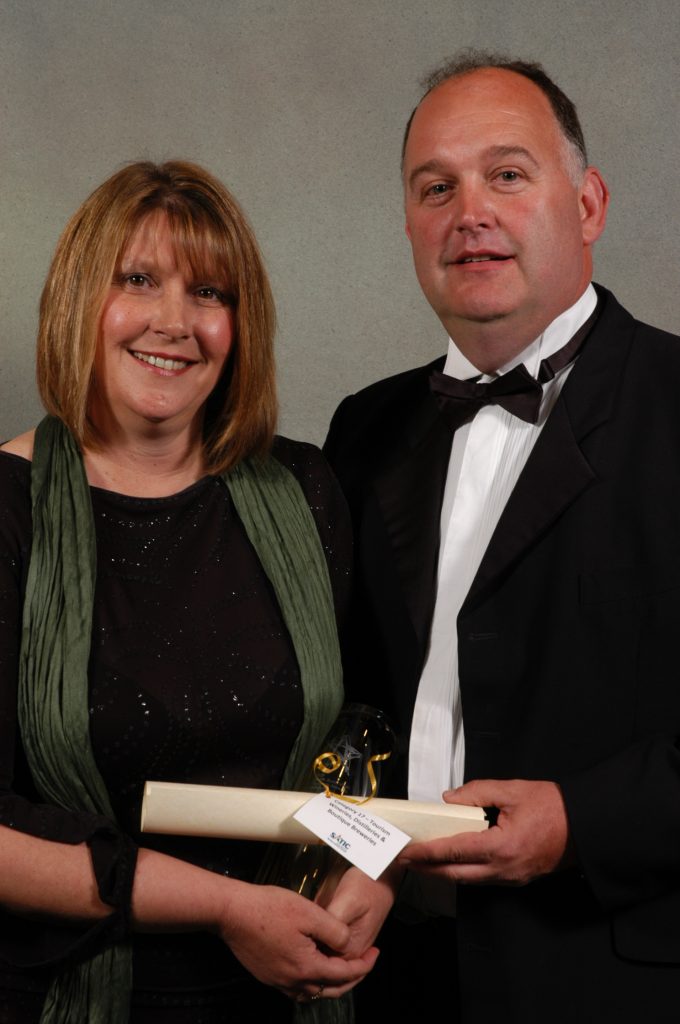
Objective – To be a responsible energy user and reduce energy consumption
Procedures
· Replace lights with energy-efficient lighting – All incandescence bulbs to be changed over to fluoros over time
· Natural light is used during daylight hours in the office
· Turn off all lights when leaving vacant rooms
· The cellar door lights and fridge are only turned on when occupied during opening hours
· Minimal external lighting is used, ie low voltage lighting to the carpark
· There is no illuminated signage on the property or floodlights in the carpark or on the property outside public areas
· Fuel – costs – we live on-site and do not have any commuting costs to/from work
· A majority of the tasks performed on the property are done by hand or on foot, minimising the use of vehicles (eg hand pruning, picking, wire lifting, checking drippers is all done on foot)
Objective – To be a responsible water user and to be self sufficient in water usage
Procedures
· Collect all water on-site for use in the business
· Plant water-wise indigenous species on the property
· Use a septic sand filter to recycle all grey water on the cellar door garden area
· Only recycled water is used to water the garden (no rainwater)
· Switch to low phosphate eco products